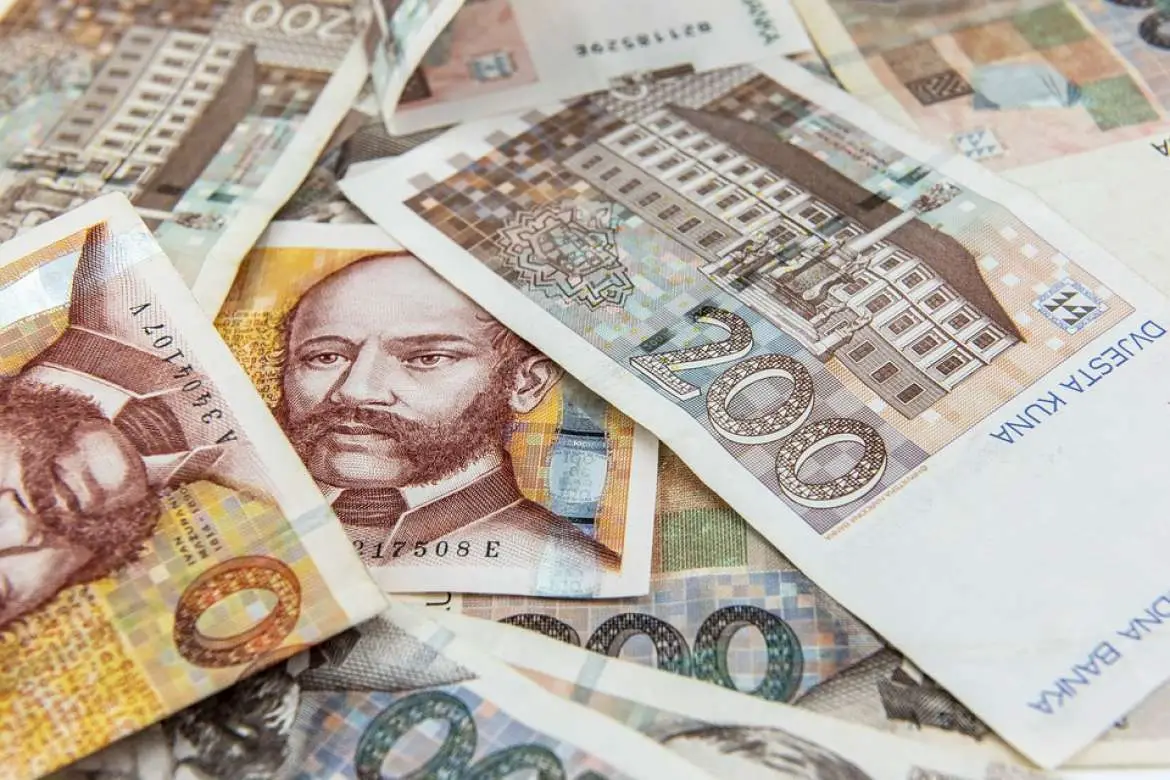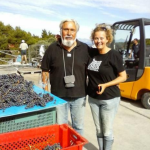
As Marija Brnic/Poslovni Dnevnik writes on the 27th of November, 2020, Croatia remains the record holder in the EU in terms of the number of free zones. Out of a total of 72 after Brexit, there are 11 Croatian free zones. It’s true that two of these Croatian free zones are in the process of liquidation, and one is inactive, but even without them, Croatia is at the top, along with the Czech Republic, which also has eight zones, and Poland and Spain have seven each.
Port areas
Although after joining the EU it was expected that the interest in doing business in Croatian free zones would disappear, most of these zones do still exist, and those in port areas are especially active. According to the report on the operation of Croatian free zones in 2019, which was adopted by the government recently, a total of 71 companies operated within the zones, with a total of 2.8 thousand workers, and generated 1.69 billion kuna in revenue and 166 million kuna in profit. The number of enterprises in these Croatian free zones is one fifth lower than it was one year earlier, and the liquidation procedure of the Krapina-Zagorje Free Zone, which was initiated two years ago, contributed to this, but the liquidation is still underway and the zone has not been deleted from the court register as yet.
A similar case can be seen with the Split-Dalmatia Free Zone, in which the liquidation procedure has dragged on for even longer, more precisely since back in 2016. When it came to the inactive Kukuljanovo Free Zone, which is part of the Bakar industrial zone, the government even had to eventually revoke the concession due to its failure in starting business, so in the next government annual report on the situation in these zones, it will be exempted from observation.
In the port zones in Split, Pula, Ploce and Rijeka, the turnover was higher, 994 million kuna, although this is a 9 percent lower result than what was earned the year before, and in the land/mainland zones, the revenues were 700.5 million kuna and 20 percent lower. Individually, the largest revenues were generated by enterprises in the area of the port of Rijeka, four of them earned a total of 547 million kuna and on an annual basis this means 18 percent growth, and also represents the best result in five years. 900 workers are employed in that zone, which is the largest number in relation to other Croatian free zones. In the Danube Free Zone Vukovar, the number of enterprises was reduced, but six of them operating last year improved their revenues, they were at the level of 292 million kuna, and their profits also doubled.
Last year, the zone in Ploce had a weaker result for the second year in a row, revenues were less by 15 percent and amounted to 261 million kuna. This was due to a significant reduction in the number of the zone’s users, five of whom left the zone, but the remaining 19 increased their respective number of employees, reacing a total of 734. What certainly sets this zone apart is the record investments made by its enterprises, which far exceed the investments made in all other zones and also exceed 150 million kuna. In the Pula free zone, users had a lower revenue, a total of 74 million kuna, with the number of employees was halved to 190. In the Split zone, the income of local enterprises was halved to 112 million kuna, with their number also slightly decreased, although the remaining nine employed 205 workers, which has more or less remained unchanged from the year before.
Decline in revenue
They had an even bigger drop in income from entrepreneurs in the Split area in the Osijek zone, with enterprises at the level of 214 million kuna. Two new users came to operate in the zone, and a total of 11 of them employed 133 workers. In the Osijek zone, with the exception of the one in Ploce, significant investments were made, reaching around 27 million kuna, while the total investments in the Rijeka free zone were about 10 million kuna.
In the Free Zone Zagreb, Freight Terminals in Jankomir, 19 users operated last year, a fifth less than were in operation there one year earlier, but the number of employees remained at the same level, 333 workers, while revenues were higher by 37 percent, reaching 166 million kuna. Most of the users of this zone were engaged in storage, and two in production.
For the latest travel info, bookmark our main travel info article, which is updated daily.
Read the Croatian Travel Update in your language – now available in 24 languages
Join the Total Croatia Travel INFO Viber community.











